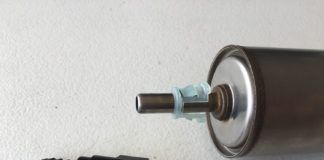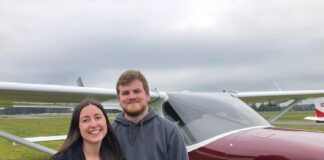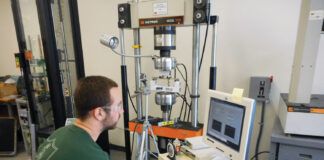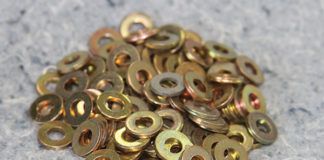More Power, Scotty!
I just read the article about the Arion Lightning in the September issue. Given the c.g. problems they had, why didn’t they just hang the eight-cylinder Jabiru 5100 engine on the front? A large shoehorn, and a shorter motor and mount, it would slide right in there. For another 75 pounds you would gain 60 horsepower. Install a three-blade prop, set the pitch for maximum speed and I think the darn thing would go like the proverbial scalded cat. And I loved the comment about engineer vs. test pilot. Finally, why do they always fly at altitudes of 3000 to 5000 feet? My house is at 5437 feet. Those granite cumulous clouds are hard to fly through.
Ed Sande
Sounds like overkill, but in a perverse way we kinda like it.-Ed.
Red All Over
Thank you for the article in the October 2008 edition of KITPLANES on the outstanding RV-12. I mean that literally. The bright red paint scheme makes the plane stand out against green woodlands, blue sky, white clouds and water. In the VFR world of see and avoid, being able to see oncoming planes from far away is a matter of life (and death). Because white planes fade into the background at a distance, all small planes should be required to be painted bright red, yellow or orange.
Andrew Hollander
Which Way Is Up?
Dear Ron Wanttaja: I always enjoy your articles, especially the ones on safety statistics. I think I can answer the mystery of the Avid/Kitfox statistics. Avid mounts the Rotax two-cycle engine inverted. Kitfox mounts the engines right-side up. Mike Stratman ( of California Power Systems), the Rotax guru for Ultralight Flying magazine, has stated that reliability is greatly enhanced by mounting the engine right-side up. He rebuilds them, so he should know! My Kitfox (Rotax 582, 3:1 ratio, 72-inch GSC Tech II) flew 160+ hours with no problems once I got the temps under control. I used a larger radiator with a cockpit controlled flap and different jet needles, and was able to keep the water temp at the recommended 165 F (+/- 5) under all flight conditions.
John Hyde
I found [your homebuilt safety survey] helpful in understanding the accidents that are happening in the Experimental world. There have been lengthy discussions recently about the accidents with Lancair on the LML [Lancair Mailing List] builders discussion group. I have been particularly interested in the subject, as Im a builder of a Lancair Legacy.
One question I have regarding your article is that the numbers did not represent how many aircraft are flying for each manufacturers models. This would be very helpful in understanding the accident rates per model.
Russell Steiner
Wed like to know, too. Its hard enough to determine how many of any given type are flying, let alone get accurate utilization figures, which you would need to calculate an accident rate per hours flown.-Ed.CSI: Homebuilder
The proposed rules have created quite a stir. Especially the part about the 20% fabrication. I would like to offer my own proposal: When the FAA inspector arrives to look at the airplane, he should dust the airplane and then see if 51% of the fingerprints are mine.
OK, so this may be impractical, but it does capture the essence of the real issue. It includes consideration for how much of the work was done by the owner, factory or third parties. It reduces the complexity of many variables into one simple variable. And finally it will give the aircraft builder/owner the greatest satisfaction in that he knows that he really did build the airplane.
Knowing how to simplify a complex situation is not difficult if you have done it many times before. That is probably why the FAA is struggling with this.
Alan Gilmore
XPanel XPlained
As you might expect, I was happy to hear that XPanel was mentioned in your September article All About Avionics: Cutting The Metal. Unfortunately, the information supplied was not entirely accurate and our name was misspelled. [Oops.-Ed.] XPanel is unique in that we offer both web-based and distributed panel design tools. With a limited supply of panels and equipment, our web-based product serves only the most basic function. Unlike the article implies, it only allows users to save a single panel. On the other hand, our distributed product is exceptionally well appointed and feature rich. We frequently add equipment and panel templates as they become available. In the rare event that users find a piece of equipment or panel missing, they can add it to the software themselves in about 2 minutes.
In addition to the standard features like drag-and-drop panel design, group alignment and full-scale printing, we also offer features you wont find anywhere else. Our distributed system allows users to package their panels into a single file that can then be shared with other users via email, CD or the web. Any custom equipment is included in the package and gets loaded automatically when the panel is imported. The shared panels remain fully editable, so one-off customization and panel collaboration become very simple.
Scott Wilkinson
President, XPanel Software




